Best of MUSUBI: The Vikings of Japan
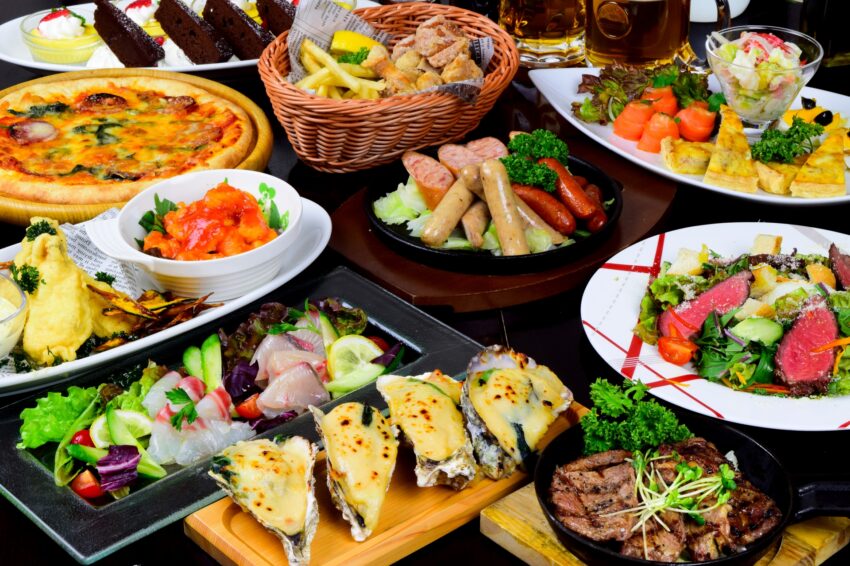
Top photo: skyhigh.ring on PhotoAC
Welcome to Best of MUSUBI, where we revisit articles from the past and breath new life into them with updated information and photos!
Here’s something you won’t find on the History Channel: Vikings came to Japan in the 1950’s. Well, not that kind of Viking.
In Japan, the word ”Viking” means more than just the Norse explorers and warriors of Northern Europe. The much more common usage of the word Viking (baikingu or バイキング) refers to a buffet. As in, the all-you-can eat plate filling tradition that the historical vikings would probably enjoy if they time-travelled.
For visitors to Japan, it’s often a surprise to find a “Viking lunch” and “Viking dinner” at their hotel. But such is the case! The more uniquely Japanese 食べ放題 (tabehoudai) is used as well. But you’re reading this because you want to know the story behind the Viking thing, right?
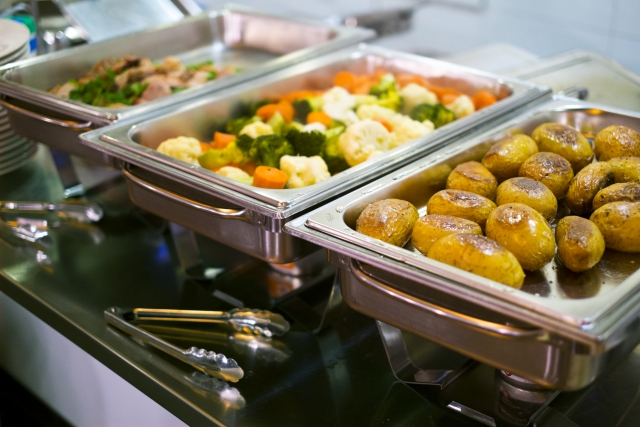
Photo by cheetah
A Brief History of Japanese Vikings
Even today, Japan still imports many natural resources. These include food, even as farming technology has improved. For every food item grown domestically, something comes from abroad. Historically, food in Japan was expensive and precious. In fact, famines were once common throughout Japanese history. The idea of an all you-can-eat buffet was unimaginable in Japan until the economy started to grow in the latter half of the 20th century.
Tokyo’s Imperial Hotel was designed by Frank Lloyd Wright in 1915. It’s sandwiched between the Imperial Palace and Tokyo’s posh Ginza shopping district. It was (and still might be) Japan’s best hotel. In the late 1950’s, a restaurant manager from the hotel in Tokyo traveled to Sweden. He was inspired by Swedish Smörgåsbord (buffet) restaurants. When he took his idea to the Imperial Hotel, they were enthusiastic.
The only problem — “Smörgåsbord” doesn’t sound catchy in Japanese. In fact, most people found it difficult to even pronounce.
They needed a better word to promote the buffet idea. At the time, The Vikings (a 1958 film starring Kirk Douglas and Tony Curtis) was in the theaters. Somebody at the hotel saw the movie and got inspired. Viking was a perfect word for buffet-style dining. After all, Vikings and smörgåsbords are both from Northern Europe. Best of all, it’s easy to pronounce in Japanese (baikingu).
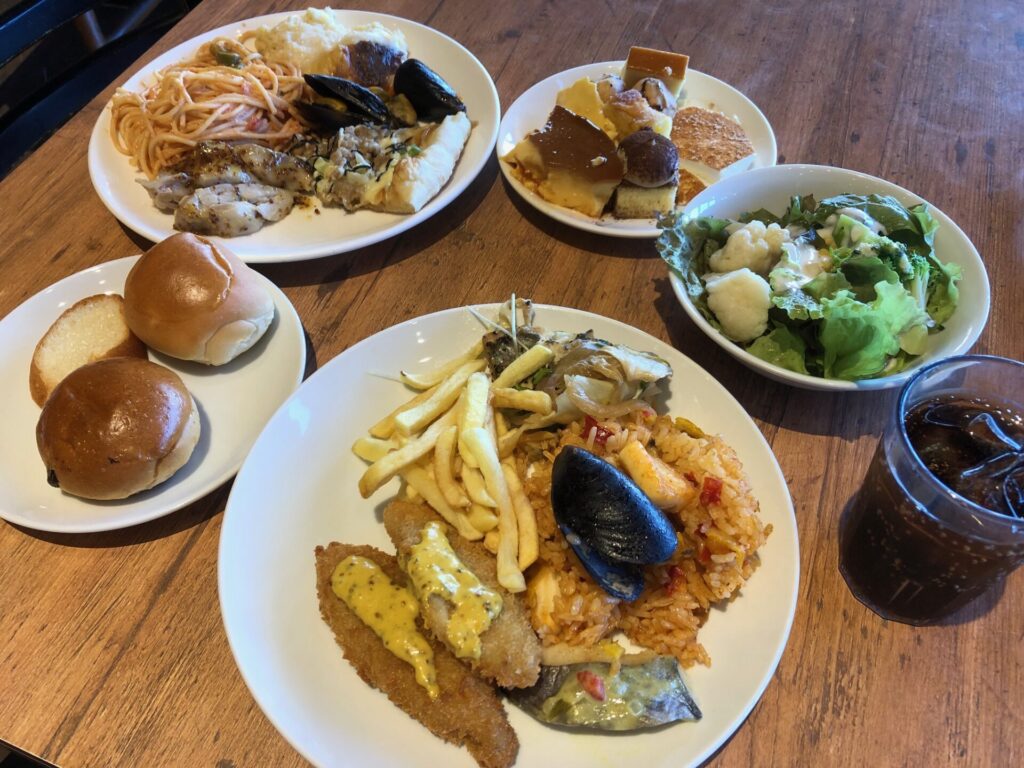
“At Fisherman’s Market, Kobe” by Lupa L., taken for MUSUBI by Borderlink ©2023.
The Vikings Today
The restaurant was a success. The Viking restaurant concept spread to every corner of Japan in the 1960’s and is popular until this very day. I personally recommend The Fisherman’s Market in Kobe.
The all-you-can-eat concept gained success in other areas. These include conveyor belt sushi restaurants and yaki-niku places (which are now synonymous with all-you-can-eat style). For a reasonable price, you can get plenty to eat. And best of all, they include a drink bar!
A Viking lunch or dinner is a great meal to enjoy with friends or family, especially those visiting Japan who may be picky eaters. There’s always something to enjoy in them for all. They also commonly feature a mix of eastern and western dishes. Salad bars, dessert platters and chocolate fondue are often regular fixtures as well.
As we get further away from the height of the Covid-19 Pandemic, buffet-style restaurants have come back into favor, even with adjustments to how they operate to maintain safety and cleanliness. Their popularity has kept them around and kept patrons coming back for another plate or two. Or three.
Just please remember proper buffet etiquette, and don’t start any swordfights over that last slice of prime rib.
Photo Credits:
Top photo: skyhigh.ring on PhotoAC
Additional photos by cheetah and Lupa L.
All other content (text) created by the original author and © 2023 MUSUBI by Borderlink
RELATED
-
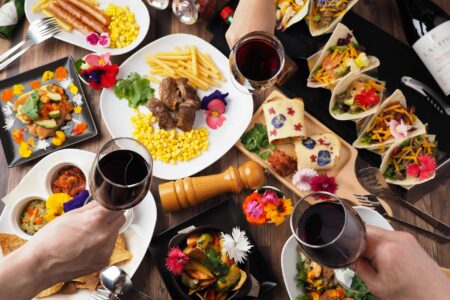
A Taste of Mexico in Osaka
Previously on MUSUBI, we shared where to get some great authentic tacos in Tokyo. But what about Japan’s… -
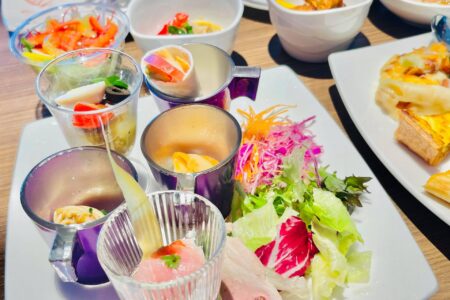
Budget Buffet in Tokyo
Top Photo: TomiFactoryさん on PhotoAC Are you in Tokyo and hungry? Do you want to try different delicious dishes… -
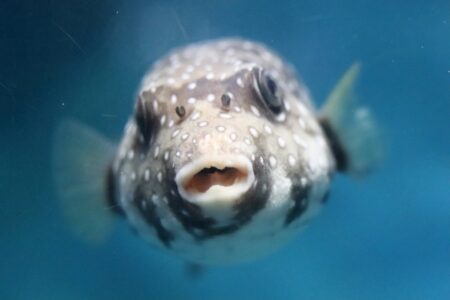
Fugu: A Risky Delight That Puffs Up Palates
Top photo: 水族館フォト on PhotoAC Few dishes capture the intrigue and excitement quite like Fugu, the notorious puf…
PEOPLE

H. Igher Powers
From the US
Has experienced Japan for over a decade, and eaten his way across much of it.


